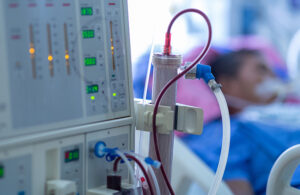
Didier Perret, Emerson
Plastics are ubiquitous in medical applications thanks to their light weight, durability and flexibility, among other attributes. However, concern has been increasing in recent years about the possible negative effects of some ingredients and components in certain plastics. This is leading medical-device companies to research and use other resins or combinations of plastics without the same risks. However, they do not have the same processing characteristic, and the changes often require companies to implement new production processes, especially around assembly and joining technologies.
For instance, polyvinyl chloride (PVC) is used in 40% of all plastic-based medical devices, according to Brussels-based PVCMed Alliance, and most tubing and IV bags available today, as well as many masks, breast-pump kits, catheters and more. Yet dioxin, a known human carcinogen, can form during the manufacture of PVC, and toxic chlorine may be released during processing and assembly. In addition, DEHP, a phthalate plasticizer commonly used to soften PVC, is a known endocrine-disrupting compound that is feared to leach into a patient’s bloodstream and potentially cause fertility problems and other reproductive-related issues. For these reasons, healthcare and professional organizations including the American Medical Association, among other encourage hospitals and physicians to reduce and phase out the material.
Get the full story at our sister site, Medical Design & Outsourcing.
The opinions expressed in this post are the author’s only and do not necessarily reflect those of Medical Tubing and Extrusion or its employees.

